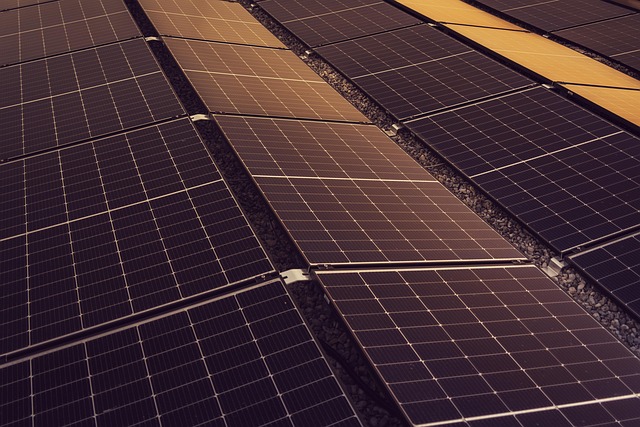In a world that is persistently buzzing with the urgency of climate change and environmental degradation, the quest for sustainable solutions has never been more critical. Among various green technologies reshaping our energy landscape, hydropower management stands front and center, embodying a beacon of promise for a carbon-neutral future. This renewable energy source has often been underestimated, but innovative advancements are transforming it into a pivotal element of sustainable development.
Hydropower, which harnesses the energy of flowing water, has a unique advantage: it provides a steady and reliable source of clean energy. Unlike traditional fossil fuel sources, this form of energy generation boasts a significantly lower ecological footprint. The global shift towards hydropower is more than just a trend; it reflects a deeper understanding of how we can innovate our energy systems to create sustainable frameworks. By adopting cutting-edge hydropower management techniques, we can minimize the environmental impact while maximizing energy output.
The rise of smart hydropower solutions illustrates this innovative spirit, from deploying advanced sensors for real-time monitoring to incorporating AI for optimized energy distribution. Such technologies not only enhance the efficiency of existing infrastructures but also pave the way for the development of small-scale and community-based hydropower plants. These initiatives provide localities with energy independence and resilience, further endorsing the values of sustainable development.
As we move toward a more climate-conscious future, it is essential to recognize the profound importance of integrating ecological considerations into every aspect of hydropower management. Innovative practices, such as fish-friendly turbines and sediment management techniques, underscore our commitment to protecting aquatic ecosystems. This approach ensures that while we harness the immense potential of water power, we also safeguard the biodiversity that sustains our planet.
Moreover, the immense potential of hydropower management extends beyond energy generation. It plays a vital role in water resource management, flood control, and even recreational opportunities, demonstrating how a successful energy strategy can synergize with broader community needs. By embracing a holistic approach, we can enhance the synergistic effects of hydropower, promoting a sustainable future while catering to the well-being of local populations.
As consumers and advocates of change, we have a responsibility to support and promote these technologies that are redefining energy use and capacity. This isn’t just about adopting new methods; it’s a full-scale revolution in how we think about energy. As we galvanize our efforts toward carbon neutrality, we should actively engage in discussions, support policies, and invest in innovations that elevate hydropower management into the forefront of our green technologies arsenal.
By fostering a shared vision that includes policymakers, researchers, and community members, we can catalyze the momentum needed to bring hydropower to every corner of the globe. In doing so, we take bold strides towards a sustainable planet, ensuring that the narrative of our energy future is one of innovation, resilience, and unity. The revolution in hydropower management is indeed a collective journey, one that promises a path neither dark nor uncertain but rather bright and unequivocally green.




